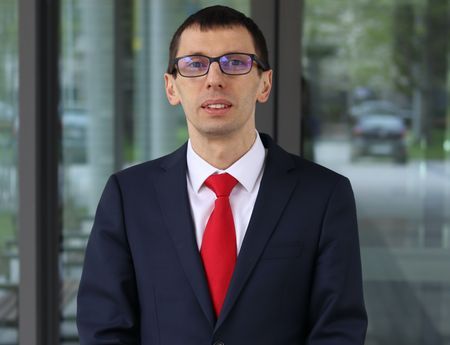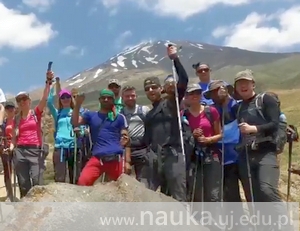
Researchers from the Jagiellonian University have conducted a project which combined scientific research and high mountain climbing. Although it doen't seem to be anything out of the ordinary, in truth, the members of the expeditions were patients suffering from type 1 diabetes.
We asked Dr hab. Tomasz Klupa from the Advanced Diabetological Technologies Laboratory at the JU MC Chair in Metabolic Studies, head of the project, which was named ‘5,000 metres above sugar level’, to tell us more about it.
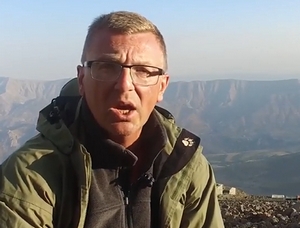 Dr hab. Tomasz Klupa: The modern approach to treating diabetes aims not only to return the metabolic balance to the patient’s organism, but also greatly improve their quality of life by allowing them to stay active, both physically and professionally. Mountain hiking is one of the best forms of physical activity when it comes to people suffering from type 1 diabetes. This type of diabetes, called the insulin dependent diabetes, is caused by gradual destruction of insulin-producing β cells located in the pancreas. Insulin is an essential hormone and therefore needs to be introduced into the patient’s organism manually via injections or insulin pump.
Dr hab. Tomasz Klupa: The modern approach to treating diabetes aims not only to return the metabolic balance to the patient’s organism, but also greatly improve their quality of life by allowing them to stay active, both physically and professionally. Mountain hiking is one of the best forms of physical activity when it comes to people suffering from type 1 diabetes. This type of diabetes, called the insulin dependent diabetes, is caused by gradual destruction of insulin-producing β cells located in the pancreas. Insulin is an essential hormone and therefore needs to be introduced into the patient’s organism manually via injections or insulin pump.
Some of the patients seek more ambitious challenges than just hiking: they’re running in mountain marathons, climbing in areas where oxygen deficiency becomes a risk, or hiking during wintertime. Unfortunately, although there are a number of scientific articles describing this kind of expeditions, there’s no practical guidebook for people suffering from diabetes who would like to try these more extreme types of sports without experiencing any negative consequences. This is what inspired us to start the ‘5,000 metres above sugar level’ project.
Trailblazing
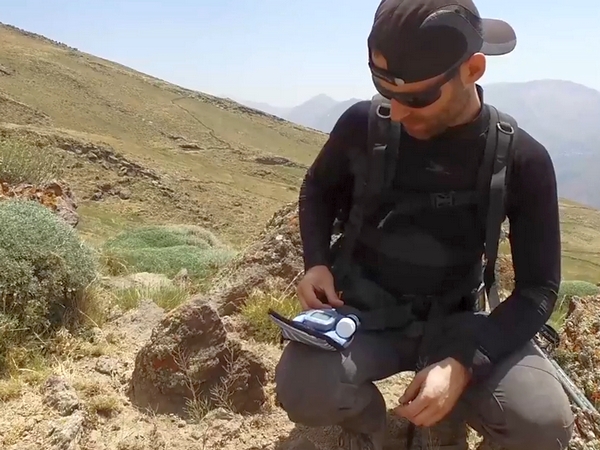
The aim of the project was to assemble a team of about twenty of thirty people consisting of patients and doctors who would hike in the mountains together. We set our final goal as reaching 5,000 metres above sea level. During our expeditions, we wanted to show patients suffering from type 1 diabetes (as well as their doctors and diabetologists) that they can enjoy various sports activities, including more extreme ones. We were also interested in writing the aforementioned guidebook for diabetics. The project provided us with enough data to publish a scientific article based on our unique experiences.
Our first trip took place in 2014. We wanted everyone to get to know one another as see how different people react to hypoglycaemia (low blood sugar). Our route was that of the Gorce mountain marathon. In two days, we travelled 40 kilometres from Krościenko through the Knurów Pass and Turbacz to Nowy Targ. Managing our diet proved to be a great challenge, since we had to adjust the insulin doses to the hearty meals we needed after a day’s walk.
Gorce in the winter
Our second trip was the ‘Gorce 2015’ winter camp. Twenty one patients aged 19–47 participated in that event. Their level of physical fitness varied greatly from person to person, ranging from occasional recreational activities to running in mountain ultramarathons. The three day-long expedition included navigating the snowy mountainous trails in snowshoes, taking part in a course on first aid after an avalanche, traversing obstacles using rope bridges, and taking’s a night’s rest on one of the Gorce glades with temperature as low as 10°C. It’s very noteworthy that during our trip there were no cases of hypoglycaemia or increased glucose levels which would force patients to leave and seek medical attention at a hospital.
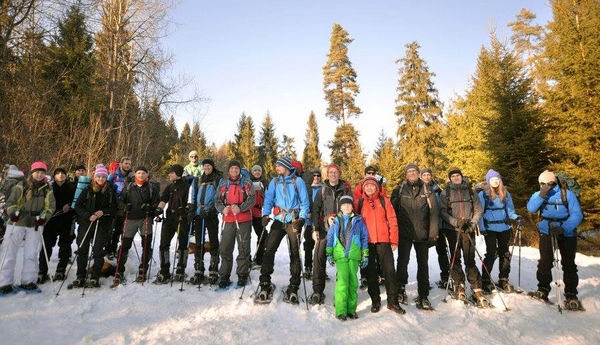 The expedition itself was a source of interesting scientific observations. Marching in snowshoes requires about 30% reduced insulin dosage (or an increase in carbohydrate ingestion) when compared to marching without them on a snowless surface. However, it would be difficult to give the exact numbers, since our group’s response varied from individual to individual – for instance, during the march the patients reduced their basal insulin dosage by 0–100%. The patient who reduced their insulin dose to zero was a person with minimal daily physical activity, while the patient who kept their basal insulin dose at a regular level was a very active patient in remission. On average, basal insulin intake was reduced by 30–60%.
The expedition itself was a source of interesting scientific observations. Marching in snowshoes requires about 30% reduced insulin dosage (or an increase in carbohydrate ingestion) when compared to marching without them on a snowless surface. However, it would be difficult to give the exact numbers, since our group’s response varied from individual to individual – for instance, during the march the patients reduced their basal insulin dosage by 0–100%. The patient who reduced their insulin dose to zero was a person with minimal daily physical activity, while the patient who kept their basal insulin dose at a regular level was a very active patient in remission. On average, basal insulin intake was reduced by 30–60%.
Such winter trips require careful planning, particularly when it comes to making camp. In our case, after the morning march in snowshoes we took a ‘maintenance break’. This resulted in a lower energy spending, which in turn led to hyperglycaemia (high blood sugar) in almost all members of the group.
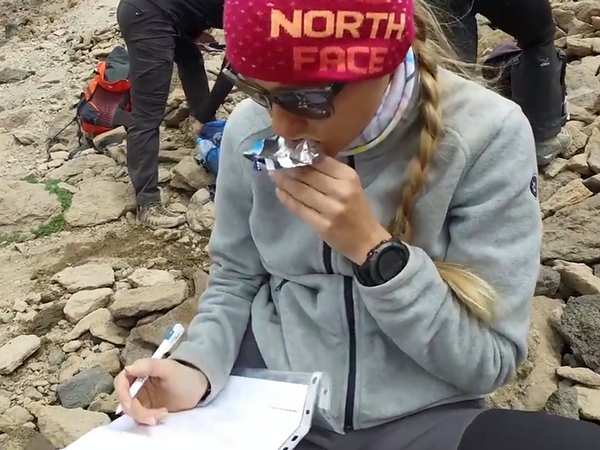
In many patients, lower temperature reduces the hypoglycaemia detection threshold, so trips in winter require a lot of self-control. There’s another important thing to remember: in low temperatures, glucose meters stop working! Keeping them close to the body is a good solution. Patients using personal insulin pumps should be very careful when putting on the climbing harness. If they fasten it in a wrong way, it may damage the pump.
Our next expedition in the autumn of 2015 took us to the Alps. We wanted to check how to adjust insulin dosage while climbing in high mountains. We made it – we broke the 3,000 metre barrier in difficult, almost wintry weather conditions.
The last stop before grand finale was a winter camp in 2016, during which professionals from Tatra Volunteer Search and Rescue taught us the basics of avalanche rescue, the use of crampons and survival in extreme conditions.
Great accomplishment
The project’s grand finale was our expedition to Damavand in Iran, which is 5,670 metres high. We began on 15 June 2016. After landing in Tehran, we drove to Polour (2,270 metres), where we spent the night. The next day, we drove to Goosfand Sara (3,200 metres), where we left our cars and continued to a shelter (4,200 metres).
After a night’s rest, we made our first approach to acclimatise ourselves with the high altitude – we climbed to the height of 4,800 metres, then went back to the shelter. Finally, a group of 18 patients accompanied by guides and doctors left the shelter at about 2.00 a.m. After 10 hours, we arrived at the peak.

This is an unprecedented accomplishment. Never before did such a large group of type 1 diabetics of various physical condition manage to climb that high. Things went very smoothly as well. There were no cases of hypoglycaemia or metabolic decompensation (i.e. an increase in glucose levels coupled with ketonuria). However, almost all of us experienced acute mountain sickness, particularly when we approached the ‘Dragon Mountain’ about 300 metres below the peak. The sulphuric vapours sifting through the rock only worsened the sickness we were already experiencing.
After climbing Damavand, we returned to the shelter, then Tehran, and finally Poland. Photographs we took were published on the website of the European Association for the Study of Diabetes.
However, the most important thing for us is that the patients tell us our expeditions are a source of hope and inspiration for them. It means that we have accomplished what we set out to do in the first place.
Climbing Damavand – watch the video:
Original text: www.nauka.uj.edu.pl


